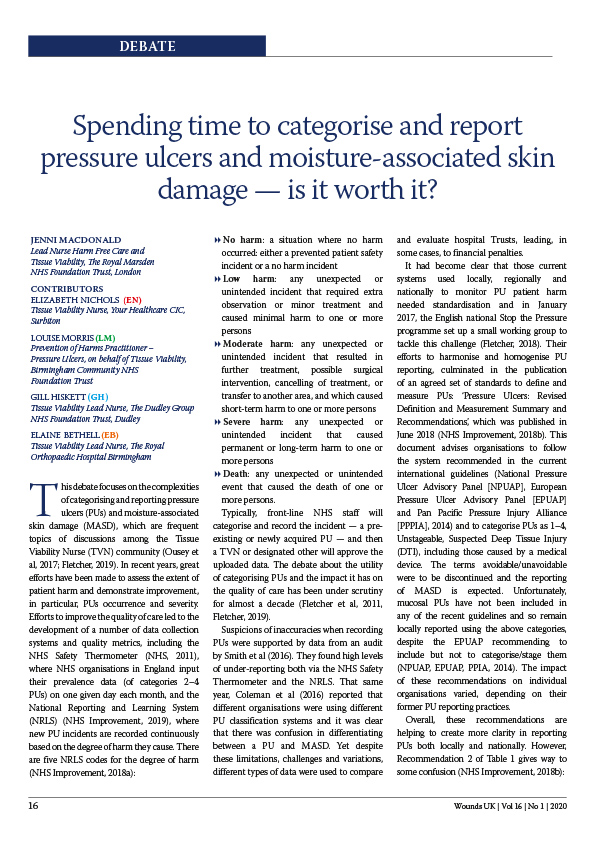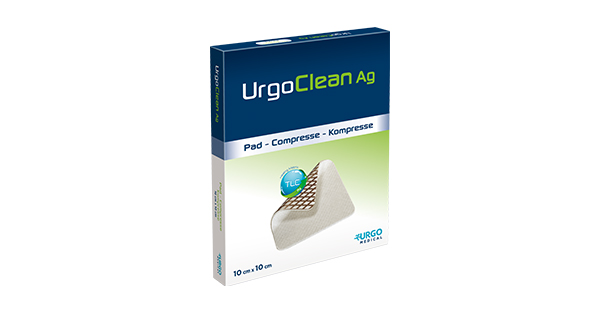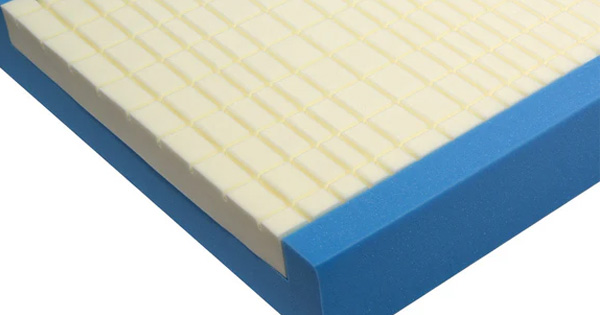This debate focuses on the complexities of categorising and reporting pressure ulcers (PUs) and moisture-associated skin damage (MASD), which are frequent topics of discussions among the Tissue Viability Nurse (TVN) community (Ousey et al, 2017; Fletcher, 2019). In recent years, great efforts have been made to assess the extent of patient harm and demonstrate improvement, in particular, PUs occurrence and severity. Efforts to improve the quality of care led to the development of a number of data collection systems and quality metrics, including the NHS Safety Thermometer (NHS, 2011), where NHS organisations in England input their prevalence data (of categories 2–4 PUs) on one given day each month, and the National Reporting and Learning System (NRLS) (NHS Improvement, 2019), where new PU incidents are recorded continuously based on the degree of harm they cause.







